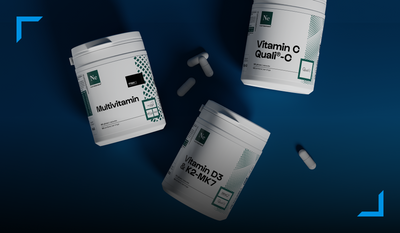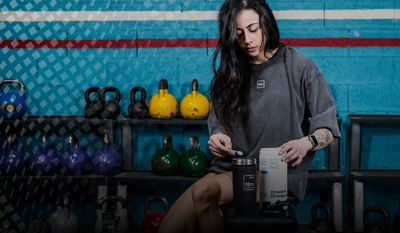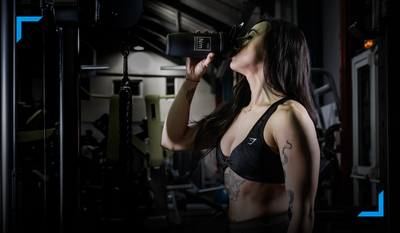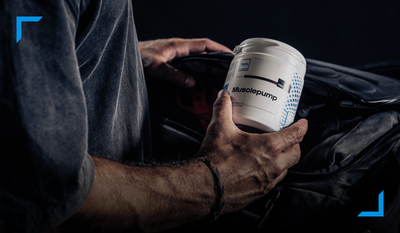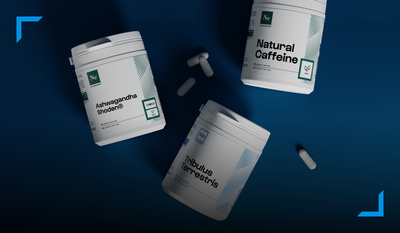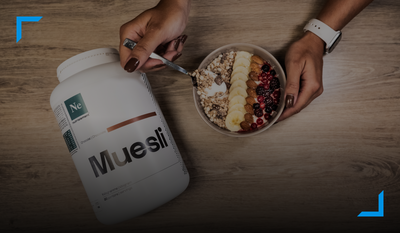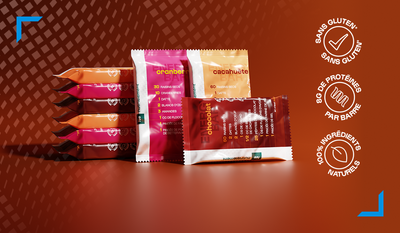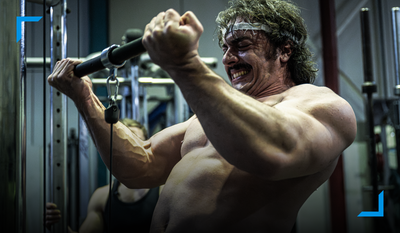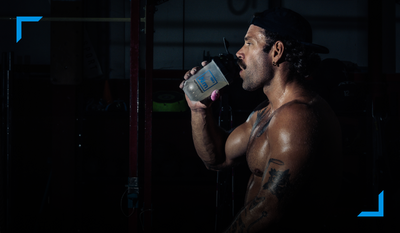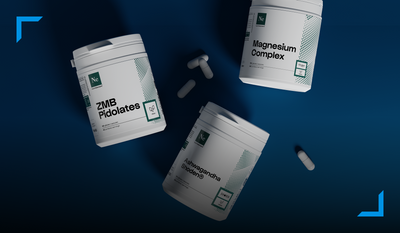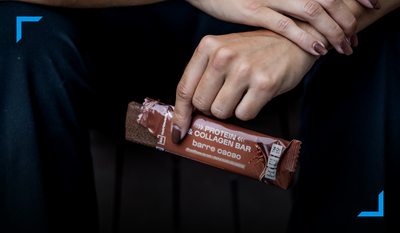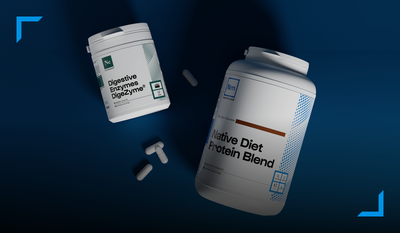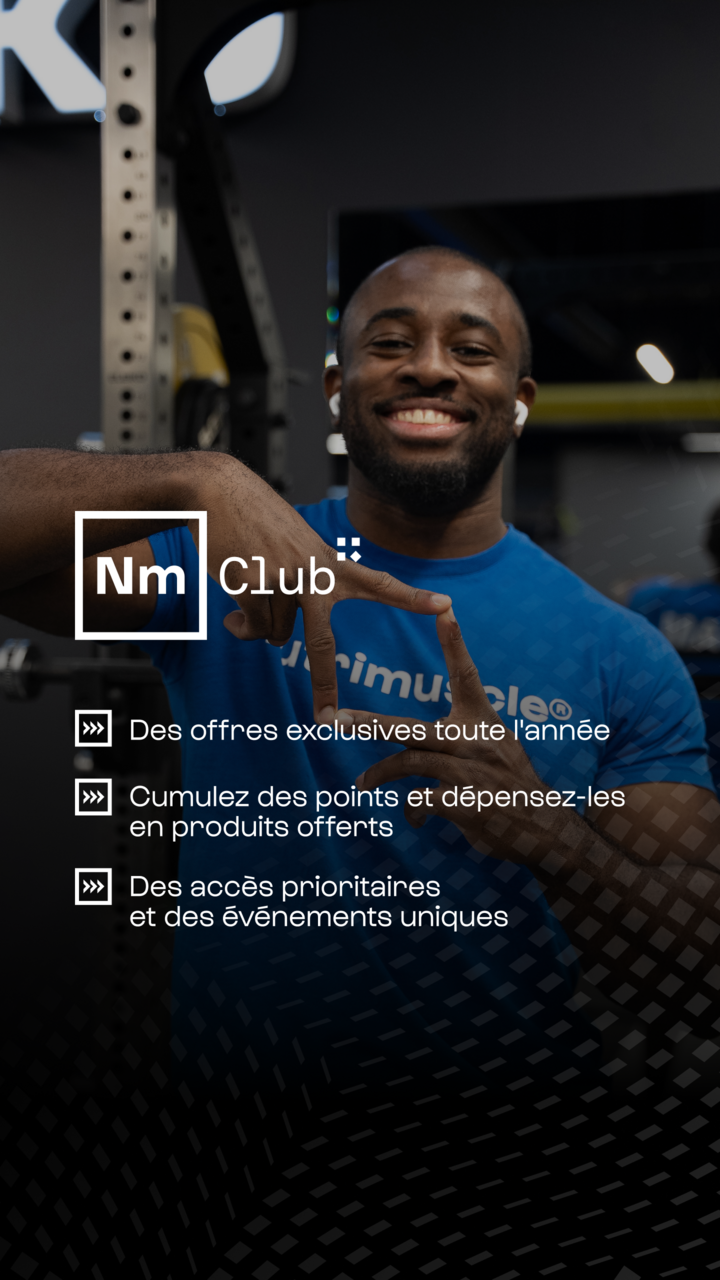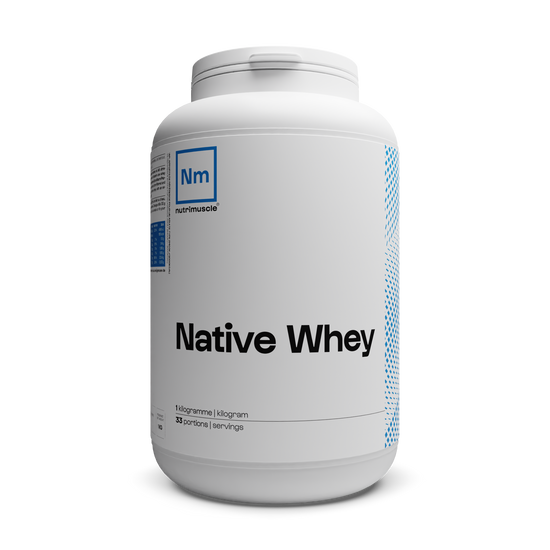0 commentaires
We present to you Yves Boirie and his study dating from 1997. Here are all the details to better understand.
Yves Boirie: a bit of history
It was in 1997 that a French study carried out by Yves Boirie revolutionized the use of proteins (1) .
Until then, whey sellers fought with casein sellers to find out which of these two proteins was the best.
Yves Boirie's study showed, for the first time, that these two proteins should not be opposed , because their effects were different and complementary. These conclusions were widely taken up by protein sellers. The wars of whey against casein and vice versa have ceased.
All supplement vendors have started selling both types of proteins instead of specializing in just one or the other as they used to.
What proteins did Yves Boirie use?
When referring to Yves Boirie's study, we talk about whey and casein without really asking ourselves, among all the types of whey and the many caseins, which ones were used?
The answer to this question is crucial and yet little discussed.
For his research, Yves Boirie's first concern was to incorporate a radioactive tracer into the protein itself in order to be able to monitor its assimilation once it had been absorbed by a person.
To do this, he gave radioactive leucine directly to a cow. He then collected the milk and filtered it himself. So he didn't use just any protein, especially those recovered from cheese factory trash (cheese whey).
He used only native protein (also called bioactive) of two types:
- A whey concentrate, native.
- A micellar, native casein , obtained by filtration (2) .
The conclusions of his studies therefore do not apply to poor quality proteins such as:
- Commercial whey from cheese factories (full of amino acids broken down into GlycoMacroPeptides during cheese production: cheese whey);
- Calcium caseinates (inexpensive, but very difficult to digest);
- Caseins or total proteins obtained by co-precipitation rather than by filtration.
(Note: Nutrimuscle only sells 100% native proteins, especially whey. Nutrimuscle total protein is filtered like that of Yves Boiri e ).
The real conclusions of Yves Boirie's study
Compared to a native whey concentrate, we can expect a native whey isolate to be absorbed a little faster. So the isolate is probably a little more anabolic than a concentrate.
Compared to a native micellar casein, the total protein , which also contains 20% whey (compared to zero in Yves Boirie's ), will therefore be absorbed more quickly. We can reasonably expect, for it, a 20% higher speed, which translates into a slightly more anabolic protein. On the other hand, its duration of action will at the same time be reduced by 20%, i.e. by approximately 2 hours less, or 5 hours compared to 7 for casein without whey.
The limitation of Yves Boirie's study is that it applies to people who do not do sports. When you take protein after training and depending on the ingredients in your shake (added carbohydrates or not), we know that the absorption speed will vary.
Scientific references
(1) Boirie Y. Slow and fast dietary proteins differently modulate postprandial protein accretion. Proc Natl Acad Sci US A. 1997 Dec 23;94(26):14930-5.
(2) Boirie Y. Production of large amounts of [13C]leucine-enriched milk proteins by lactating cows. J Nutr. 1995 Jan;125(1):92-8.




